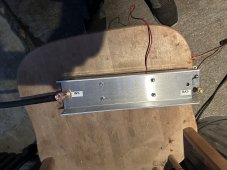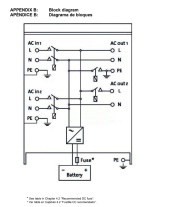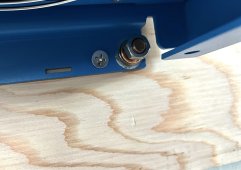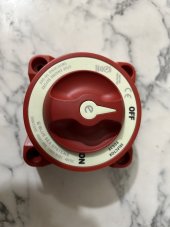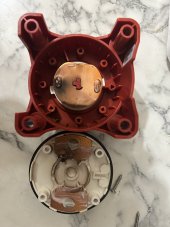As far as the DC to the AC, I don’t know enough about that. It seems like the Electrician would know this, as he’s had some experience. He just doesn’t know a lot about systems like mine, but more commercial built systems.I’ll start with “I’m not a grounding expert “.
I think there is something that is obscure that’s causing the problem.
What is the aluminum I beam looking item on the inverter battery ground?
I wouldn’t connect the battery DC ground to the house AC ground. If something goes wrong with the house ground now you have AC on the battery system.
If you do it would need to be sized larger than the battery fuse so not to melt the ground wire.
The purpose of AC ground “chassis ground “ is if a device ( switch, motor, inverter) is if there is a internal short to the case there’s a path to ground that is a lower resistance than you if you touch the case. Also the chassis ground allows a path to develop enough amperage to trip the breaker.
The ground system should always look like a tree with its branches.
As far as the I-beam goes, battleborn says any inverter that does over 4000 W needs this surge type of protection. I believe it’s some kind of capacitor. The other photo is of my panel connection with 50 amp breakers. The AC out on the inverter goes to the panel. Using 6/3 gauge wire.



